Filter by

A History of Cyprus
Sir George Francis Hill (1867–1948), was perhaps best known as a numismatist, although his scholarly interests and accomplishments included a range of time periods and subjects. A classicist by training, Hill built his career at the British Museum's department of coins and medals. In his forty-three years there he produced volumes on coins of antiquity; Greek history and art; coins, heraldry,…
- Edition
- -
- ISBN/ISSN
- 9780511751714
- Collation
- -
- Series Title
- Cambridge Library Collection - European History
- Call Number
- -
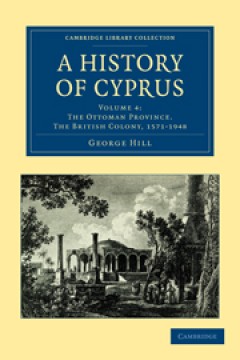
A History of Cyprus
Sir George Francis Hill (1867–1948), was perhaps best known as a numismatist, although his scholarly interests and accomplishments included a range of time periods and subjects. A classicist by training, Hill built his career at the British Museum's department of coins and medals. In his forty-three years there he produced volumes on coins of antiquity; Greek history and art; coins, heraldry,…
- Edition
- -
- ISBN/ISSN
- 9780511751738
- Collation
- -
- Series Title
- Cambridge Library Collection - European History
- Call Number
- -
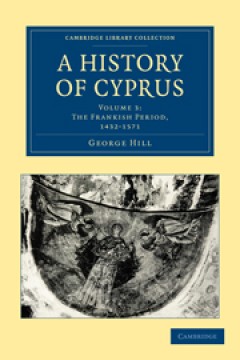
A History of Cyprus
Sir George Francis Hill (1867–1948), was perhaps best known as a numismatist, although his scholarly interests and accomplishments included a range of time periods and subjects. A classicist by training, Hill built his career at the British Museum's department of coins and medals. In his forty-three years there he produced volumes on coins of antiquity; Greek history and art; coins, heraldry,…
- Edition
- -
- ISBN/ISSN
- 9780511751721
- Collation
- -
- Series Title
- Cambridge Library Collection - European History
- Call Number
- -
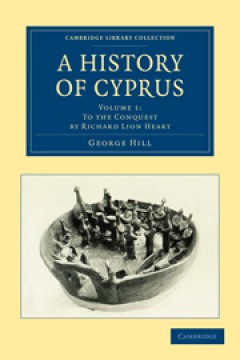
A History of Cyprus
Sir George Francis Hill (1867–1948) was perhaps best known as a numismatist, although his scholarly interests and accomplishments included a range of time periods and subjects. A classicist by training, Hill built his career at the British Museum's department of coins and medals. In his forty-three years there he produced volumes on coins of antiquity; Greek history and art; coins, heraldry, …
- Edition
- -
- ISBN/ISSN
- 9780511751707
- Collation
- -
- Series Title
- Cambridge Library Collection - European History
- Call Number
- -
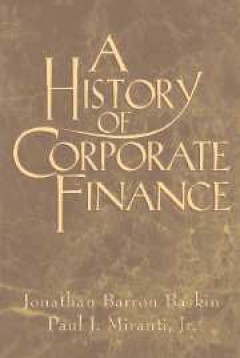
A History of Corporate Finance
This study focuses on the role of institutions and organisations in the historical development of corporate finance. The book provides an overview of the evolution of practice in this field from the Italian merchant banks of the Renaissance through the formation of conglomerates and leveraged-buy-out partnerships in contemporary Wall Street. It also puts forth a compelling argument for the clos…
- Edition
- -
- ISBN/ISSN
- 9780511665219
- Collation
- -
- Series Title
- -
- Call Number
- -
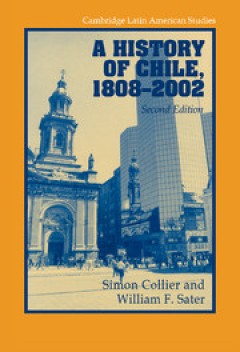
A History of Chile, 1808–2002
A History of Chile chronicles the nation's political, social, and economic evolution from its independence until the early years of the Lagos regime. Employing primary and secondary materials, it explores the growth of Chile's agricultural economy, during which the large landed estates appeared; the nineteenth-century wheat and mining booms; the rise of the nitrate mines; their replacement by c…
- Edition
- -
- ISBN/ISSN
- 9780511991189
- Collation
- -
- Series Title
- Cambridge Latin American Studies
- Call Number
- -
 Computer Science, Information & General Works
Computer Science, Information & General Works  Philosophy & Psychology
Philosophy & Psychology  Religion
Religion  Social Sciences
Social Sciences  Language
Language  Pure Science
Pure Science  Applied Sciences
Applied Sciences  Art & Recreation
Art & Recreation  Literature
Literature  History & Geography
History & Geography